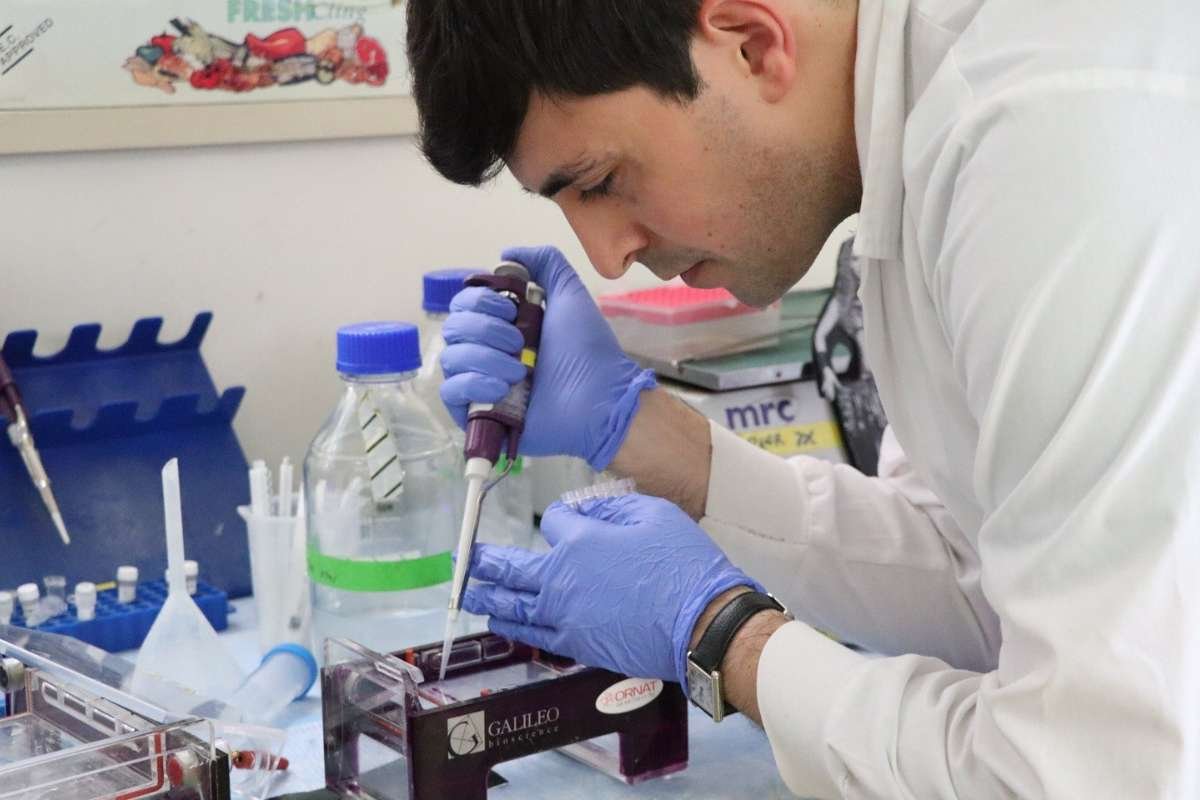The field of modern science has made remarkable progress in understanding, modifying, and even rewriting the basic components of life. With the help of ground-breaking tools like CRISPR-Cas9, the science of genome editing has revolutionized our understanding of genetics and has the potential to have transformative effects in some fields. We explore the complexities of genome editing, the workings of CRISPR-Cas9, ethical issues surrounding this cutting-edge technology, and its possible uses in this thorough investigation.
Understanding Genome Editing: The Blueprint of Life
1. Definition of Genome Editing:
Genome editing refers to the precise alteration of an organism’s DNA, allowing scientists to add, delete, or modify genetic material. It is akin to wielding molecular scissors to navigate the intricate code of life, offering unprecedented control over the genetic information that governs the traits and functions of living organisms.
2. Historical Context:
While the term “genome editing” may sound like a concept from a futuristic novel, its roots can be traced back several decades. Early attempts at manipulating genetic material were limited and often imprecise. However, recent advancements have ushered in a new era of genome editing marked by precision, efficiency, and expanded possibilities.
3. Tools of the Trade:
Various tools have been developed for genome editing, each with its own strengths and limitations. Traditional methods involved using proteins or chemicals to induce random mutations. However, the emergence of molecular tools, particularly nucleases, has revolutionized the field. Among these, the CRISPR-Cas9 system has emerged as a game-changer.
CRISPR-Cas9: The Molecular Scissors of Precision
1. What is CRISPR-Cas9?:
Clustered Regularly Interspaced Short Palindromic Repeats, or CRISPR, is a naturally occurring defense mechanism in bacteria against invading viruses. Cas9, or CRISPR-associated protein 9, is an enzyme that acts as molecular scissors. Together, they form the CRISPR-Cas9 system, a groundbreaking technology that has revolutionized genome editing.
2. Mechanism of CRISPR-Cas9:
The CRISPR-Cas9 system functions by utilizing guide RNA (gRNA) to target specific sequences in the DNA. Once the target sequence is identified, the Cas9 enzyme acts like molecular scissors, precisely cutting the DNA at the desired location. This cut triggers the cell’s repair machinery, leading to modifications in the genetic code.
3. Advantages of CRISPR-Cas9:
The advent of CRISPR-Cas9 has brought unprecedented precision and efficiency to genome editing. Its simplicity, cost-effectiveness, and versatility have catapulted it to the forefront of genetic engineering. Researchers and scientists worldwide have embraced CRISPR-Cas9 for its ability to target specific genes with unparalleled accuracy.
Applications of Genome Editing and CRISPR-Cas9
1. Genetic Medicine:

Genome editing holds immense promise in the field of genetic medicine. Diseases caused by specific genetic mutations could potentially be corrected through precise alterations using CRISPR-Cas9. This has far-reaching implications for conditions such as cystic fibrosis, sickle cell anemia, and certain types of cancer.
2. Agriculture and Food Security:
The agricultural sector stands to benefit significantly from genome editing. CRISPR-Cas9 allows scientists to develop crops with enhanced resistance to pests, diseases, and environmental stress. Additionally, it offers the potential to improve nutritional content, contributing to global food security.
3. Conservation of Endangered Species:
Genome editing provides a unique tool for conservation efforts. In cases where populations of endangered species face threats due to genetic factors, CRISPR-Cas9 could be employed to introduce beneficial traits or increase genetic diversity, aiding in their survival and adaptation.
4. Biotechnological Advancements:
The applications of genome editing extend to the realm of biotechnology. CRISPR-Cas9 facilitates the precise modification of microorganisms for various purposes, including the production of biofuels, pharmaceuticals, and industrial chemicals. This has the potential to revolutionize numerous industries, offering sustainable and efficient solutions.
Ethical Considerations and Challenges
1. Ethical Dilemmas:

The immense power of genome editing raises ethical considerations that demand careful scrutiny. Manipulating the genetic code of organisms, including humans, prompts concerns about unintended consequences, unforeseen side effects, and the potential for misuse. The prospect of “designer babies” and the ethical implications of altering human germline cells pose complex ethical dilemmas that warrant robust ethical frameworks.
2. Off-Target Effects:
Despite the precision of CRISPR-Cas9, the potential for off-target effects remains a challenge. Unintended modifications in the genome, even if minor, could have unpredictable consequences. Researchers are continually refining techniques to minimize off-target effects and enhance the safety of genome editing.
3. Regulatory Frameworks:
The rapid pace of genome editing research has outstripped the development of comprehensive regulatory frameworks. Establishing guidelines that balance scientific progress with ethical considerations is crucial. Governments, institutions, and international bodies are grappling with the task of formulating regulations that foster responsible and ethical use of genome editing technologies.
Future Directions and Conclusion
1. Continued Advancements:

The journey of genome editing is far from over. Ongoing research is focused on refining existing technologies, developing novel tools, and expanding the applications of genome editing. The scientific community envisions a future where the precision and versatility of CRISPR-Cas9 are harnessed to address complex challenges across various fields.
2. Collaborative Efforts:
International collaboration is essential in navigating the evolving landscape of genome editing. Shared knowledge, ethical considerations, and regulatory frameworks must transcend geographical boundaries to ensure responsible and equitable advancements in this transformative field.
3. A Tapestry of Possibilities:
In unraveling the mysteries of the genetic code, genome editing, and CRISPR-Cas9 have woven a tapestry of possibilities that extends from medical breakthroughs to sustainable agriculture and conservation efforts. As we navigate the ethical complexities and challenges, the promise of unlocking the code of life holds the potential to redefine our relationship with biology and shape the trajectory of future generations.
To sum up, genome editing and CRISPR-Cas9 mark a significant advancement in our ability to comprehend and work with the complexities of life. The ethical issues raised by modern technologies highlight the necessity of applying them with care and responsibility. Standing on the brink of a new age in genetic science, humanity’s exploration of the genetic code is marked by curiosity as well as a sense of responsibility as it gingerly enters the uncharted field of genome editing.
Also Read: Emerging Trends in Regenerative Medicine









